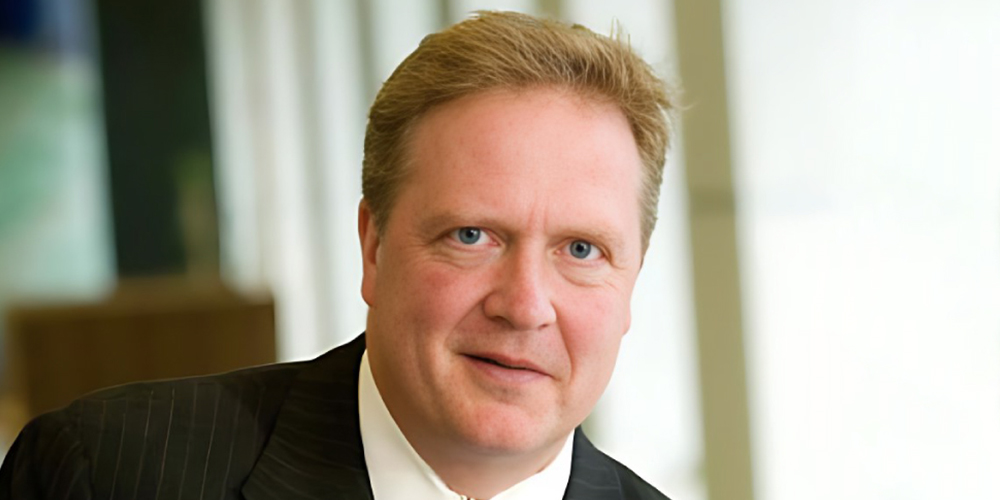Interview with Jon Moeller, Procter & Gamble CEO
What were the key objectives you and the leadership team set out to achieve that allowed you to transform for impact and achieve dramatic results over the last five years?
The first objective was to commit ourselves to balance, to deliver to both the top and bottom lines. In the past, we had shifted between focusing on one or the other, without the level of success that we thought we were capable of achieving.
The second thing was that, in our quest for top-line growth, we had for many years prioritized market share.
And we often approached share from the standpoint of taking somebody else’s business.
The third was a dramatic reshaping of our portfolio. We decided to focus on daily use categories, in which performance drives brand choice.
Our goal was to reduce the number of brands we bring to market from about 220 to 65, and the number of categories we compete in from 17 to 10.
By focusing on a smaller set of brands where we knew we could outperform, we believed we would increase our rate of top-line and bottom-line growth.
What was the biggest challenge that you had to overcome in achieving those objectives?
The biggest challenge really was un-anchoring the leadership team, employees, and board from the past.
Changing our profile in the marketplace without changing our op model was not going to work.
To help people move we needed very strong, compelling sets of data, like the correlation between top line, bottom line, and share price, and like the impact of superiority where we had it and where we didn’t.
If you’re going to be in categories where performance drives brand choice, you have to perform.
And we weren’t. We had about 30% of our sales that were noticeably superior on first use to consumers. And 70% were parity or worse.
We really raised the bar in terms of what it meant to be superior and what we needed to deliver on it.
And this required significant investment, so we embarked on two 10-billion-dollar cost-reduction programs to free up money to invest in superiority.
Constructive disruption requires a strong growth mindset. How does P&G enable this for its employees?
We can’t be complacent. We have to ask each other “what’s next?” and that requires change at the individual level.
For example, often our objective in meetings is to look smart, at least not look dumb, or to carry an agenda.
If instead we went into each meeting with the objective of learning something from each person in the room, that puts you in a mindset of constant learning and growth.
What is P&G doing to take ESG beyond being the right thing to do, to being a strategic advantage that unlocks greater value for consumers and shareholders?
ESG is not an organizational tax. It’s an opportunity to thrive. ESG had to be integral to everything.
For example, if our strategy is based on sustainable superiority, we must attract superior talent, meaning we must have a superior employee value proposition.
When I got into this role, I wanted ESG owned by the business units, not just owned by the corporation.
A couple of resources in corporate weren’t going to make the change that needed to be made
Viewed By: 76293130









